Works in the Collection
-
Ansel AdamsUpper Yosemite Fall, Yosemite Valleyca. 1950; printed ca. 1972
-
Ansel AdamsMission San Xavier del Bac, Rear Court and Archesca. 1965; printed ca. 1972
-
Ansel AdamsMonolith, The Face of Half Dome, Yosemite Valley1927, printed ca. 1972
-
Ansel AdamsWoman, Glendale, Utahca. 1960; printed ca. 1972
-
Ansel AdamsThe White Pillar, Columbia, Californiaca. 1960; printed ca. 1972
-
Ansel AdamsForest, Castle Rock State Park, Californiaca. 1960; printed ca. 1972
-
Ansel AdamsNevada Fall, Yosemite Valleyca. 1950; printed ca. 1972
-
Ansel AdamsRobert Boardman Howard, in his Studio, San Franciscoca. 1960; printed ca. 1972
-
Ansel AdamsHelmet Rock, Lands End, San Francisco1918; printed ca. 1972
-
Ansel AdamsVernal Fall, Yosemite Valleyca. 1957; printed ca. 1972
-
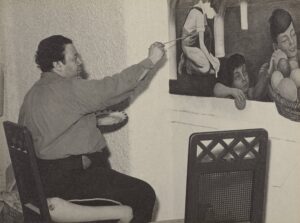 Ansel AdamsDiego Rivera Painting the Fresco “Still Life and Blossoming Almond Trees” [formerly at Sigmund Stern House, Atherton, California]1930–1931
Ansel AdamsDiego Rivera Painting the Fresco “Still Life and Blossoming Almond Trees” [formerly at Sigmund Stern House, Atherton, California]1930–1931 -
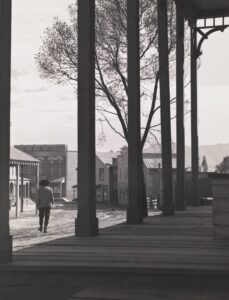 Ansel AdamsUntitledn.d.
Ansel AdamsUntitledn.d. -
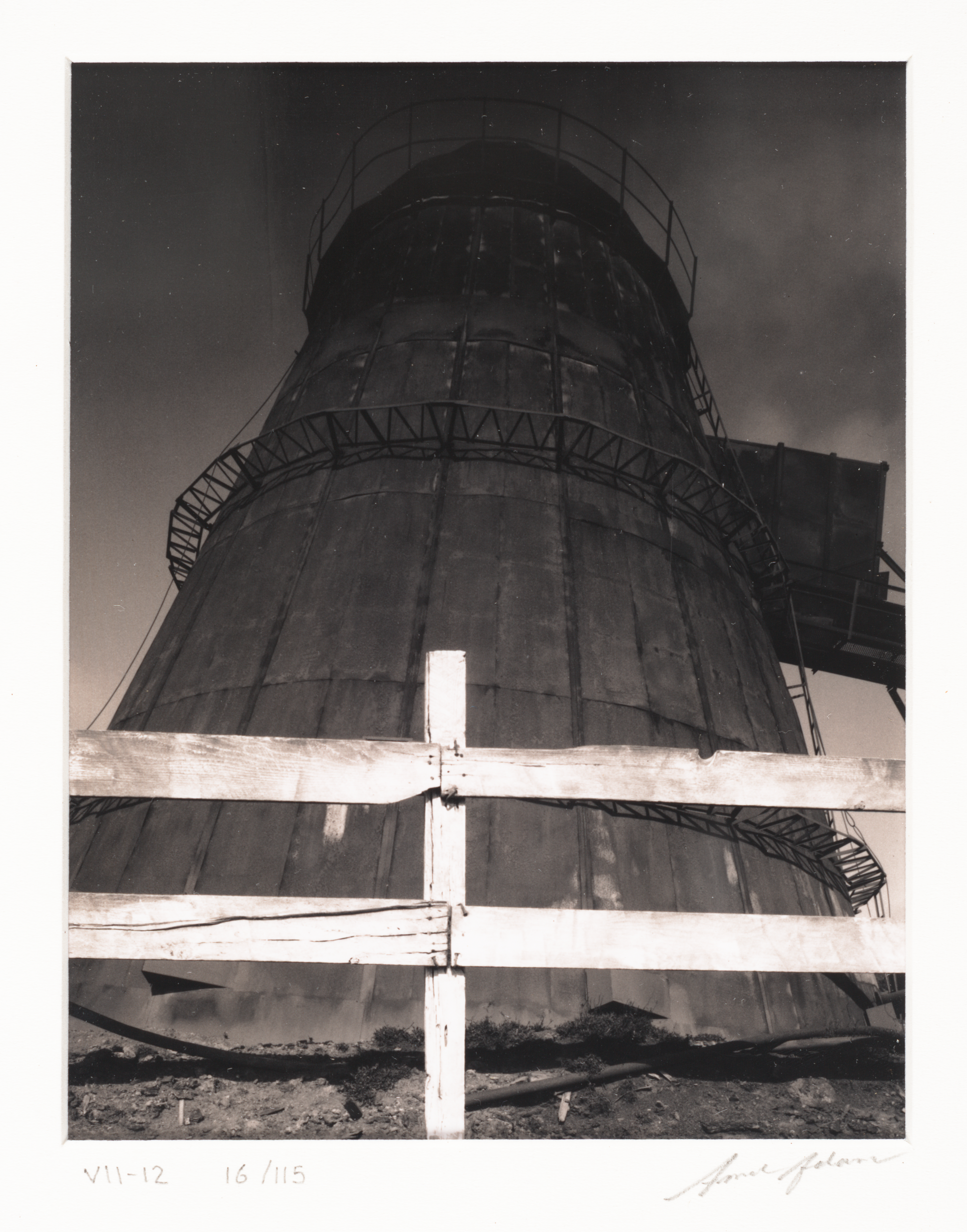 Ansel AdamsLumber Mill Incinerator, Bodega, California, from Portfolio VII1976
Ansel AdamsLumber Mill Incinerator, Bodega, California, from Portfolio VII1976 -
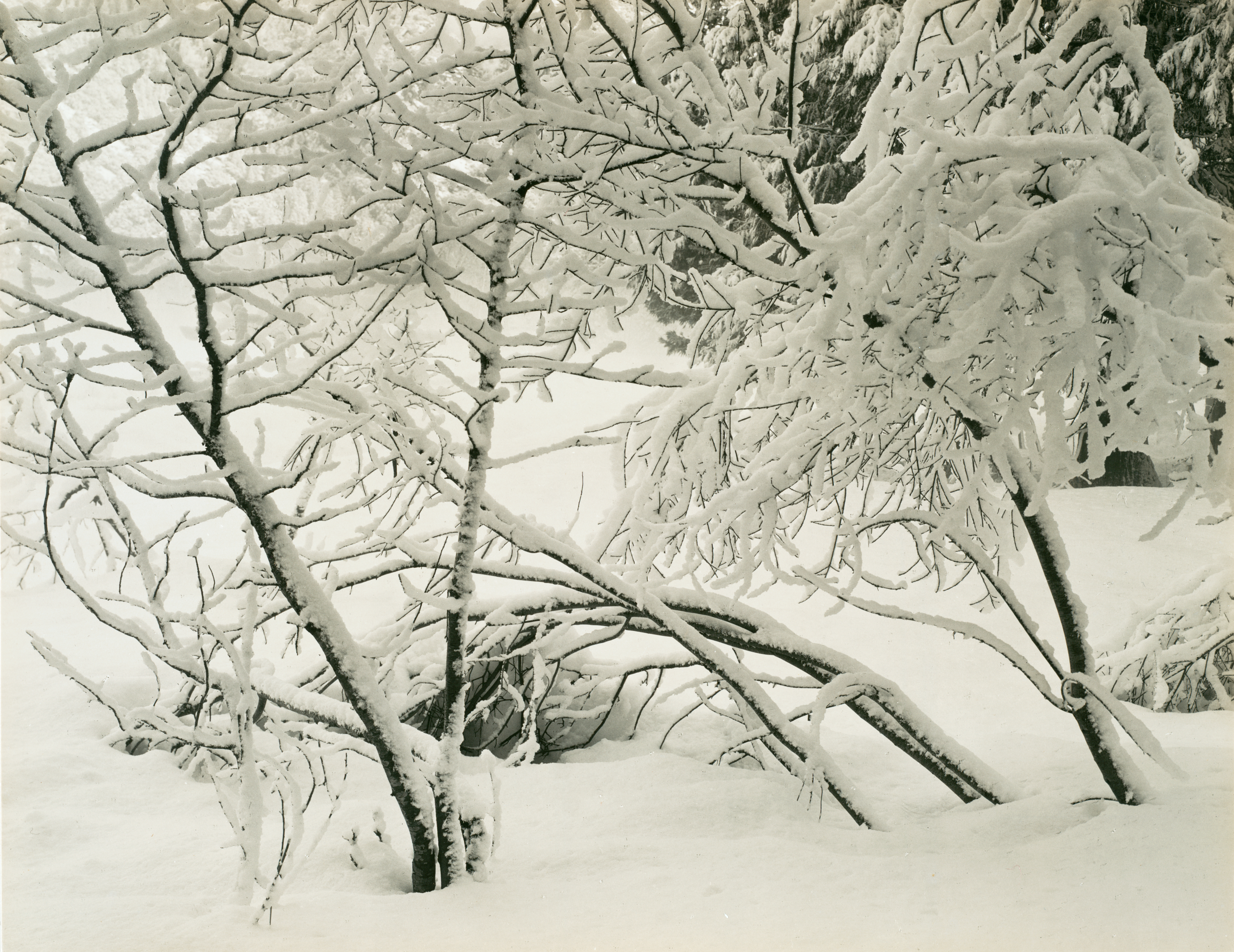 Ansel AdamsLocust Trees in Snow, Yosemite Valleyca. 1929
Ansel AdamsLocust Trees in Snow, Yosemite Valleyca. 1929 -
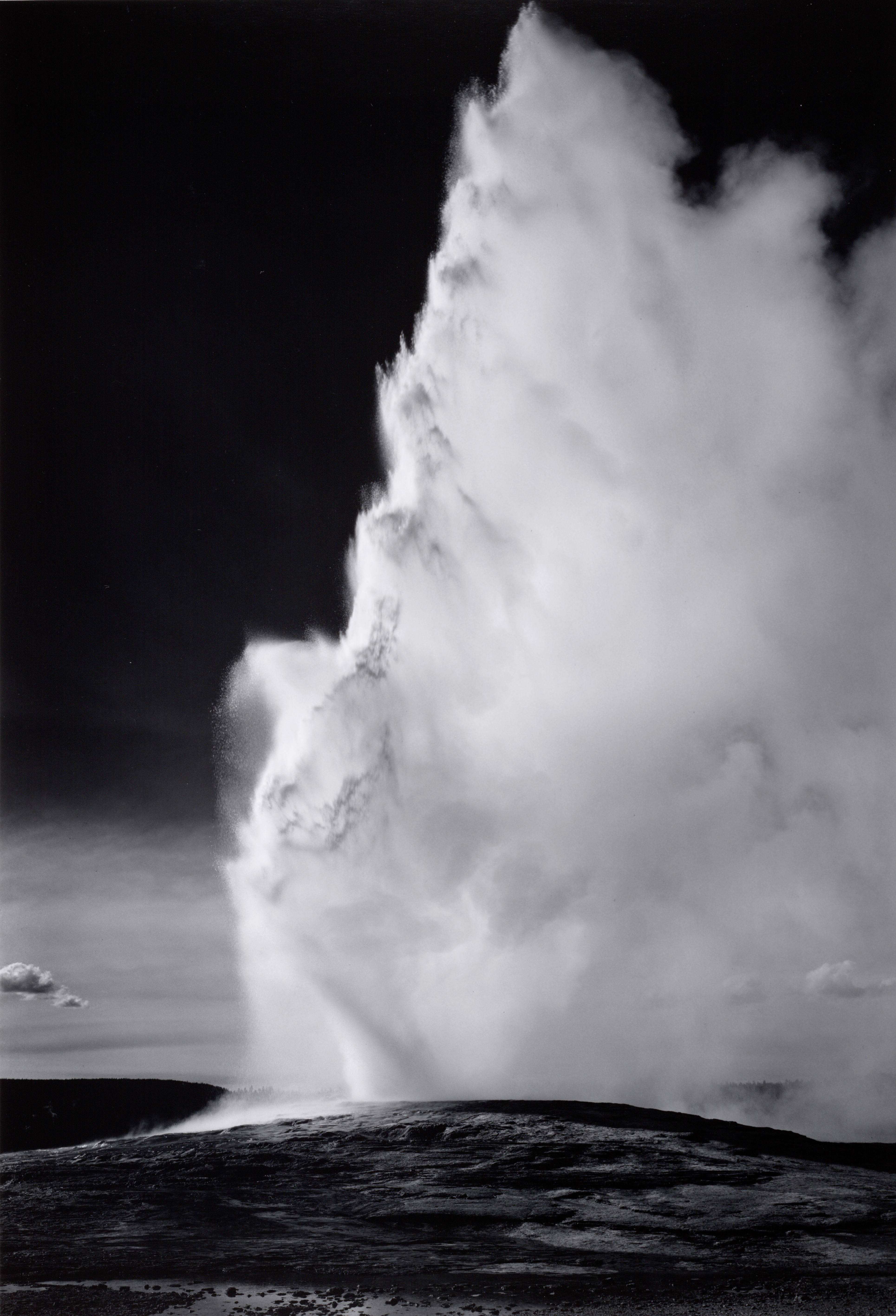 Ansel AdamsOld Faithful Geyser, Yellowstone National Park, Wyoming1942; printed 1981
Ansel AdamsOld Faithful Geyser, Yellowstone National Park, Wyoming1942; printed 1981 -
Ansel AdamsThe Tetons and the Snake River, Grand Teton National Park, Wyoming1942, printed 1980
-
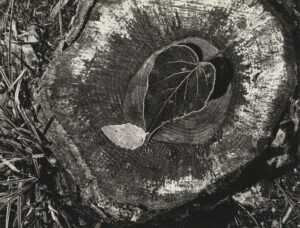 Ansel AdamsLeaves, Frost, Stump, October Morning, Yosemite National Park, Californiaca. 1931
Ansel AdamsLeaves, Frost, Stump, October Morning, Yosemite National Park, Californiaca. 1931 -
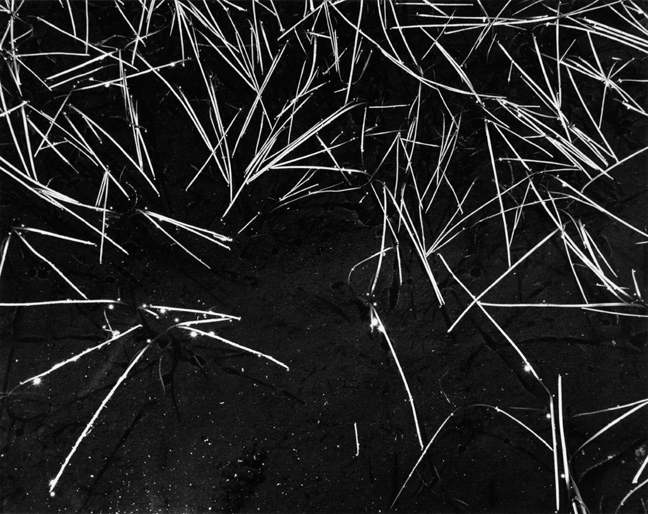 Ansel AdamsGrass and Pool, from Portfolio Three: Yosemite Valleyca. 1935; printed 1959
Ansel AdamsGrass and Pool, from Portfolio Three: Yosemite Valleyca. 1935; printed 1959 -
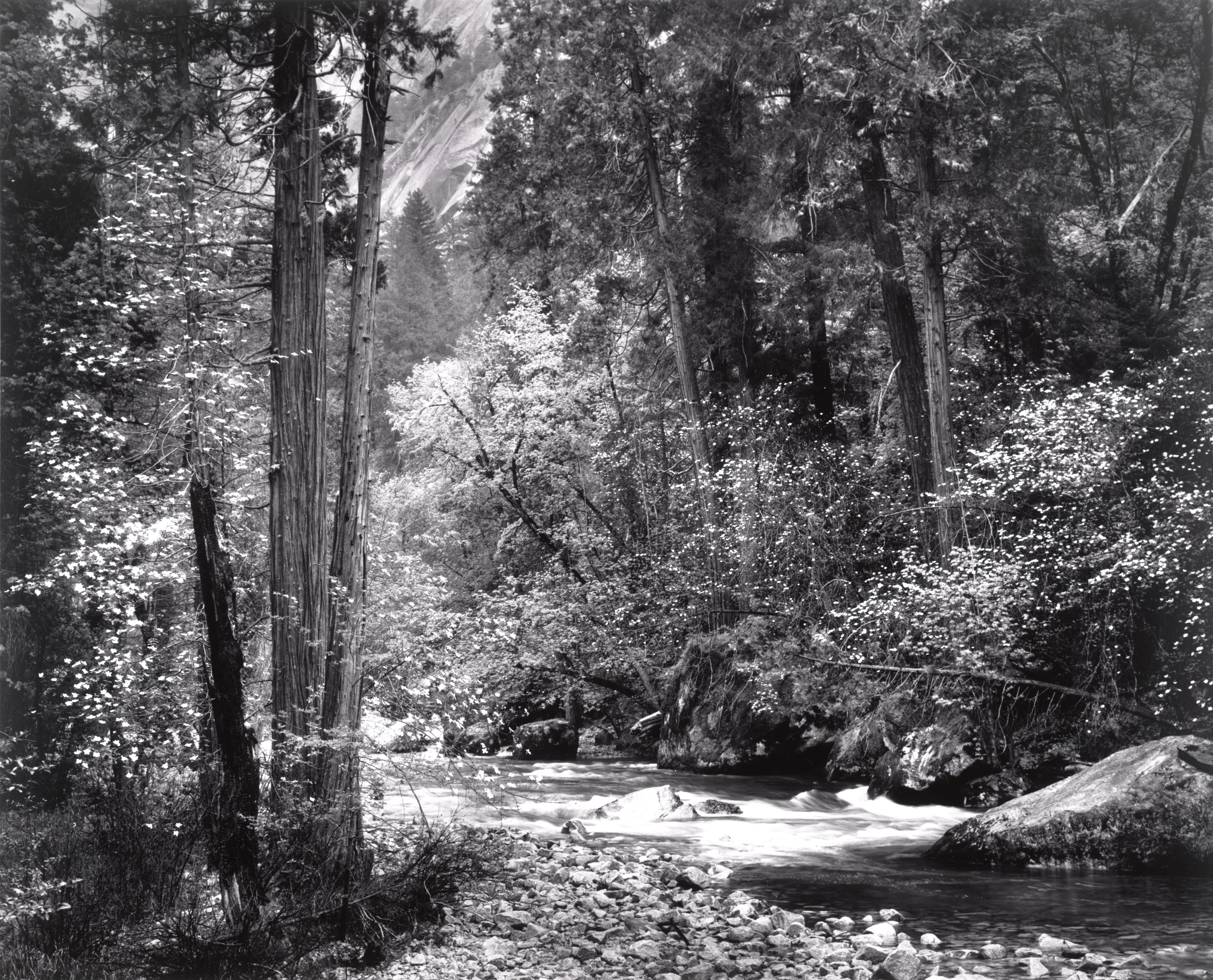 Ansel AdamsTenaya Creek, Dogwood, Rain, Yosemite National Park, Californiaca. 1948
Ansel AdamsTenaya Creek, Dogwood, Rain, Yosemite National Park, Californiaca. 1948 -
Ansel Adams, Maurice SterneScale of Justice: Cause and Effect, Sowing and Reaping, from the portfolio Maurice Sterne: Murals in the Library of the Department of Justice Building in Washington, D.C.1939